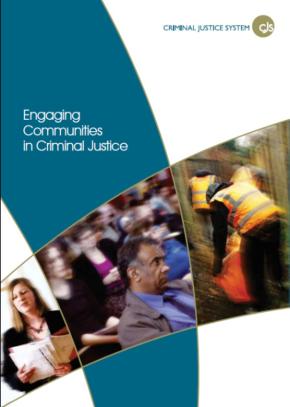

 The British government plans to expand upon the 13 community courts already established throughout England and Wales, according to a new report from the Ministry of Justice.
The British government plans to expand upon the 13 community courts already established throughout England and Wales, according to a new report from the Ministry of Justice.
By the end of 2009, the Ministry of Justice expects to have identified six additional areas where they will implement problem-solving techniques and study their benefits in an effort “to inform further roll-out,” the report says.
The 13 courts already in existence were inspired by the model of the Red Hook Community Justice Center in New York, which, in turn, gave rise to the North Liverpool Community Justice Centre and the Salford Community Justice Initiative, both in England. Collectively, these projects have helped spark the British government’s interest in rethinking the relationship between courts and the community.
“We … propose extending the use of problem-solving techniques in the courtroom, building on the lessons of the successful Community Justice pilots in Liverpool and Salford, to enable courts to target the causes of offending and therefore reduce the chances of reoffending in the future,” according to the report, which is entitled Engaging Communities in Criminal Justice.
The British government’s community justice initiative is built around several primary aims, including: achieving stronger, community-focused partnerships; using community justice to solve neighborhood problems; increasing “the intensity and visibility” of community restitution programs so that offenders, in effect, “pay back” the neighborhood for their offending; and keeping the public better informed about case outcomes.
“Too often the public don’t believe that their voice is heard, don’t believe wrongdoers face adequate consequences for the crimes they commit, don’t believe they are told enough about what happens in the system and, perhaps because of this, they don’t believe that crime has fallen when they are told so,” said Louise Casey, the British government’s neighborhood crime and justice advisor.

